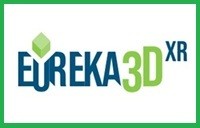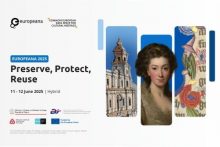Dream Land is a virtual space that was recently included in an important collective exhibition entitled “Self Criticism” at Beijing’s museum Inside Out. A second exhibition of Dream Land took place in the office of the artistic director of newspaper Beijing Youth Daily, where the office furniture and objects are “contaminated” by the virtual elemets of Dream Land.
On the computer screen, there are the digital landscapes, while on a tv a video showcase a boy (the son of the artist) who is discovering this virtual space and tells his impressions; the walls are decorated with the child’s drawings where he reinterpretates the virtual landscapes.
The visitors of the virtual space Dream Land can interact with the digital artwork via their smartphones with which they can navigate the virtual landscapes.
Explaining the creation of Dream Land
Dream Land is a conceptual artwork. The core of the work is composed by five virtual landscapes created through an expert use of digital technologies.
During the creation of these virtual spaces, all the parts are generated starting with elements that come from the artist’s wishes, inspired by things that he has not, or cannot get, but that, in this virtual spaces, he can realise. For this reason, the project is named Dream Land.
This experience highlights limits and capacities of the artists who can, in this way, with courage, show them to the visitors. The artist hopes that facing his limits can create a reflection on heavenly aspects of life on one hand, and on the concrete problems of the contemporary society on the other hand.
Dream Land intentionally presents images of quiescent states, without a timeline, while, at the same time, uses sounds that bring their own time line, creating a feeling of dislocation. Everything appears as in a modality of idealisation, coming to express a sort if unpractical, unfeasible and unrealistic greed and voracity of desires.
To express this kind of impulse, the artist uses such virtual and not realistic space. The artwork seems to imply a lack of fortitude to confront with your own limits, suggesting instead to follow a sort of psychological escape.
The virtual digital landscapes represents an actualisation of the virtual reality concept. The five landscapes are connected each other, and the visitor can move back and forth through the links between the five virtual scenes. He/She can choose 360° random view, can navigate online using his/her smartphone or the video of a computer, or use a VR card board for a more immersive experience.
Dream Land will invite other artists, poets and musicians to create their own artworks, which are promoted in a show similar to the advertising of touristic trips. It will be a session, pitching the voyage as main theme of the action art, and eventually exhibiting the images of the virtual landscapes.
A family cruise
The Second Chapter is the invitation to discussion after the opening of Dream Land.
It consists in inviting members of your family and your friends to visit Dream Land, demonstrating how the interaction with the virtual space takes place, and reflecting on this virtual voyage. This allows to understand the different personal interpretation of the experience, to look at the various feelings of the visitors, and to perceive the wide assortment of thinking of each subjectivity.
The first session will show an interview to the son of the artist, after his energetic interaction with Dream Land. Sharing the same blood, grown in rather different environments, facing similar objects, immersed in virtual spaces, the dialogue between these two independent persons, with two different ages, will allow the visitors to reflect on the different understandings of the various issues raised by such deep experience.


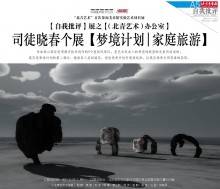










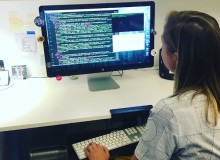
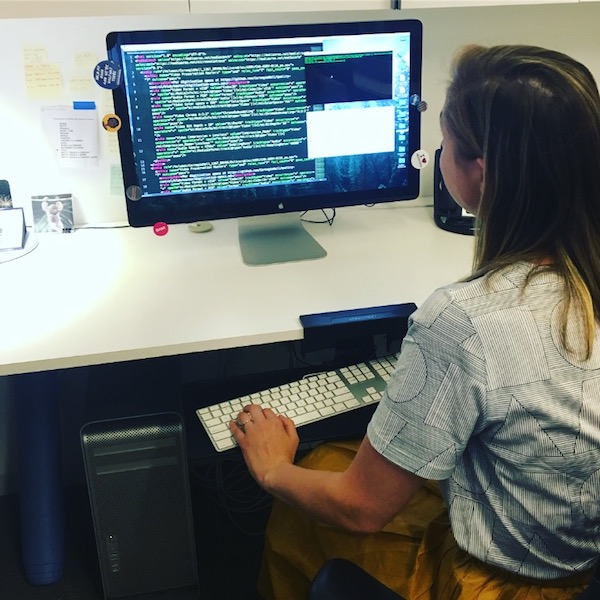
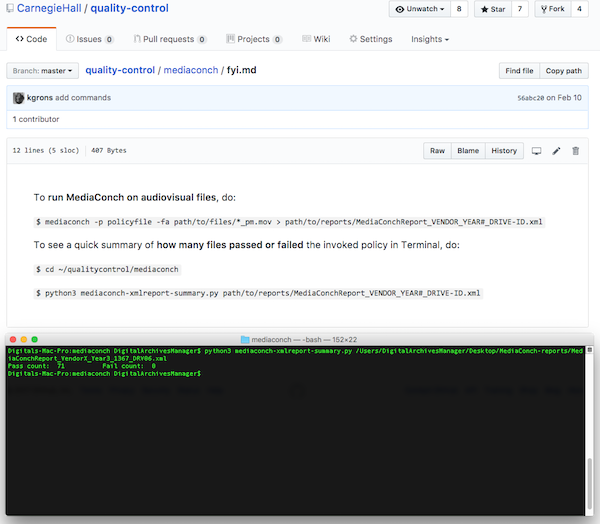
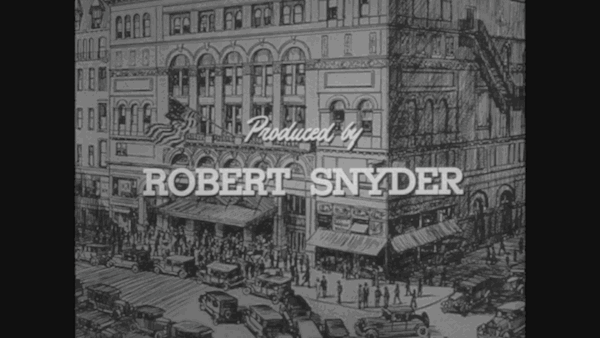
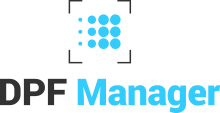

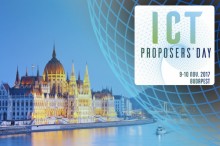
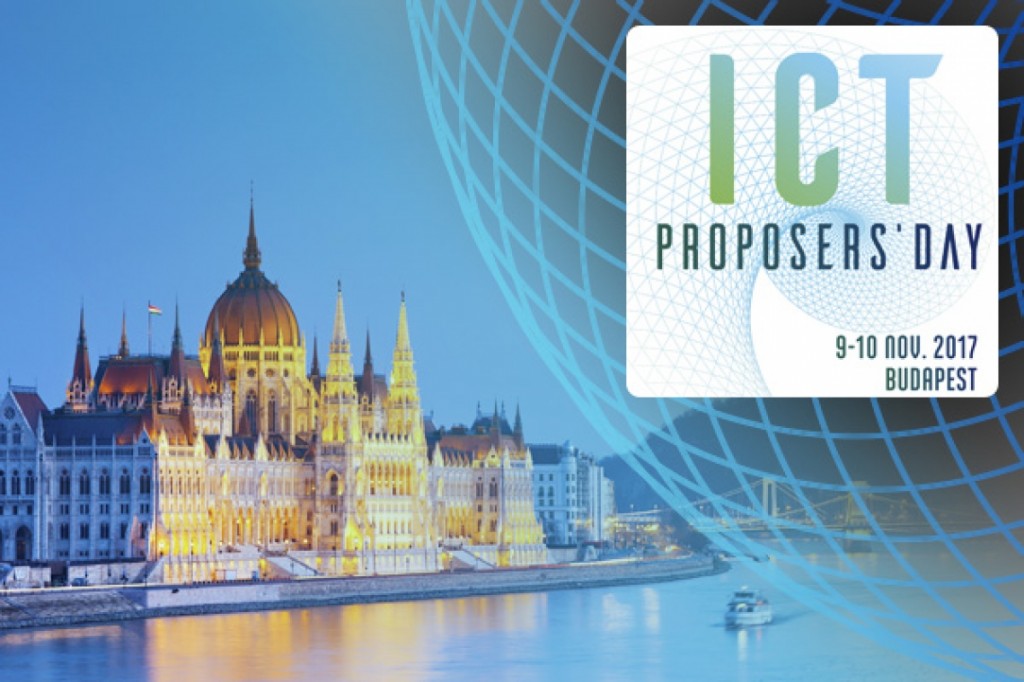
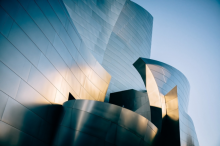

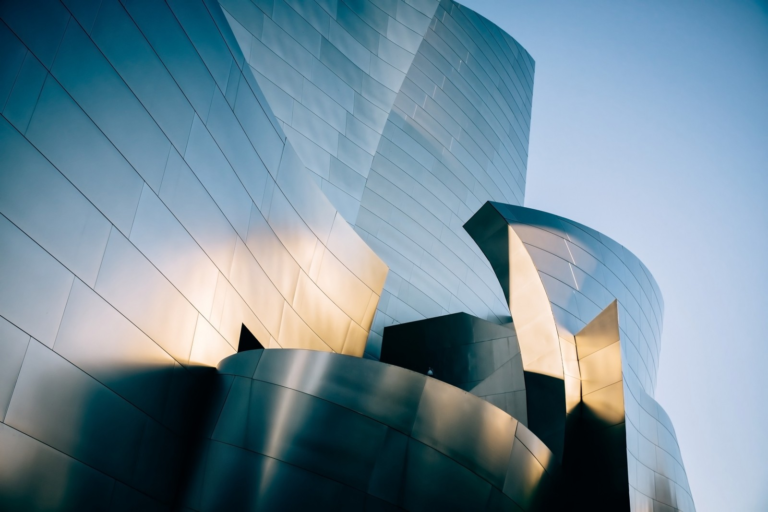

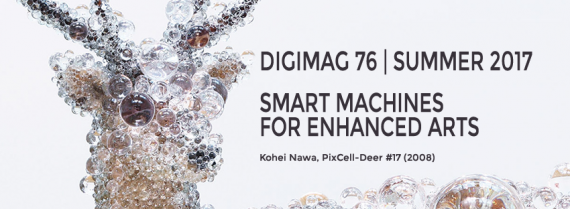



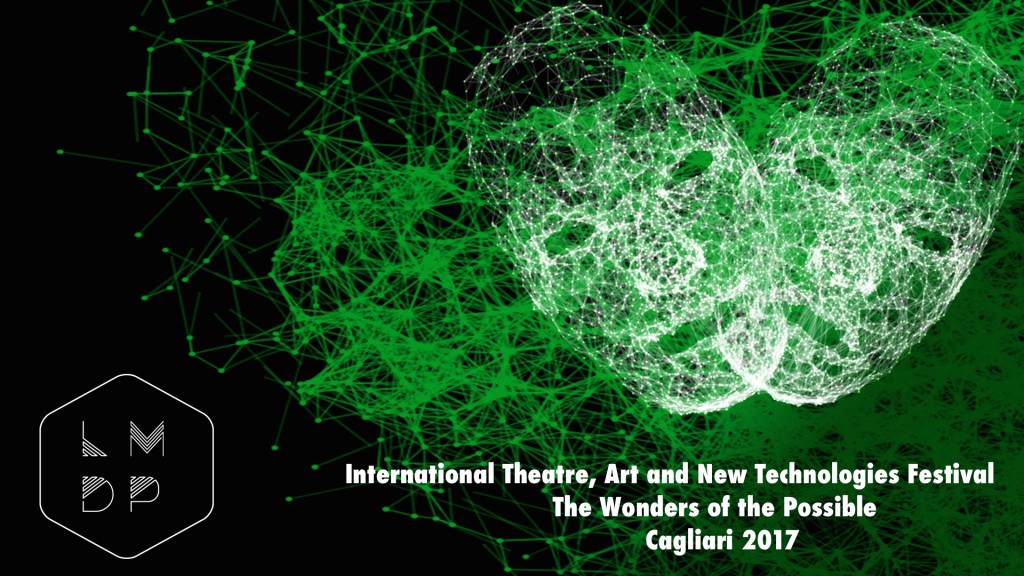
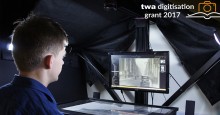
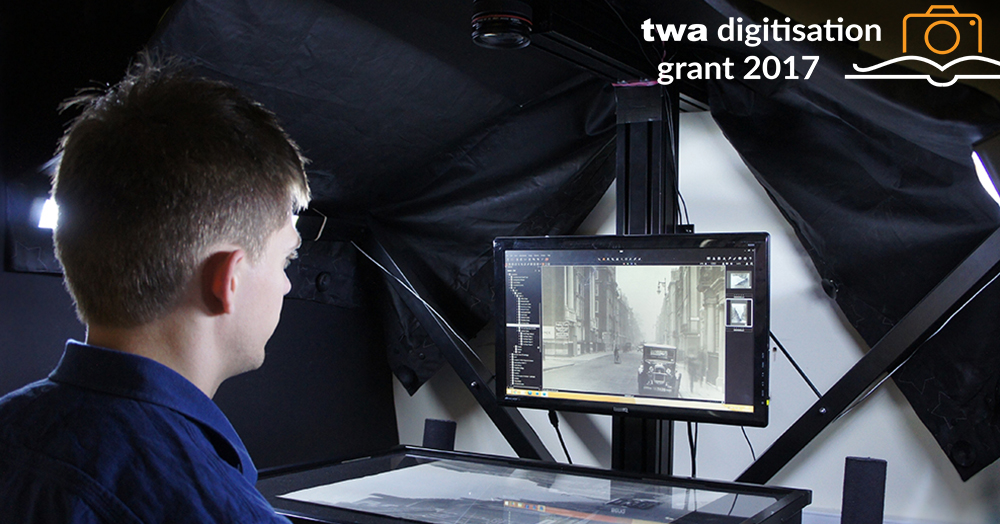
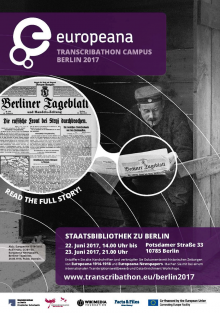
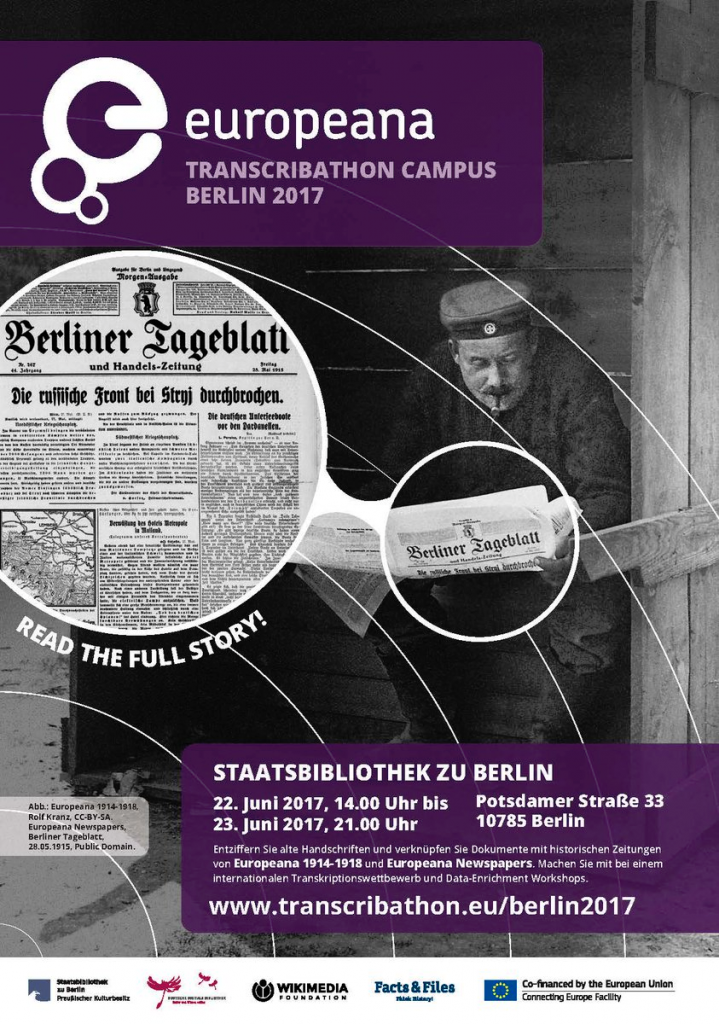


 If you have interesting news and events to point out in the field of digital cultural heritage, we are waiting for your contribution.
If you have interesting news and events to point out in the field of digital cultural heritage, we are waiting for your contribution.








